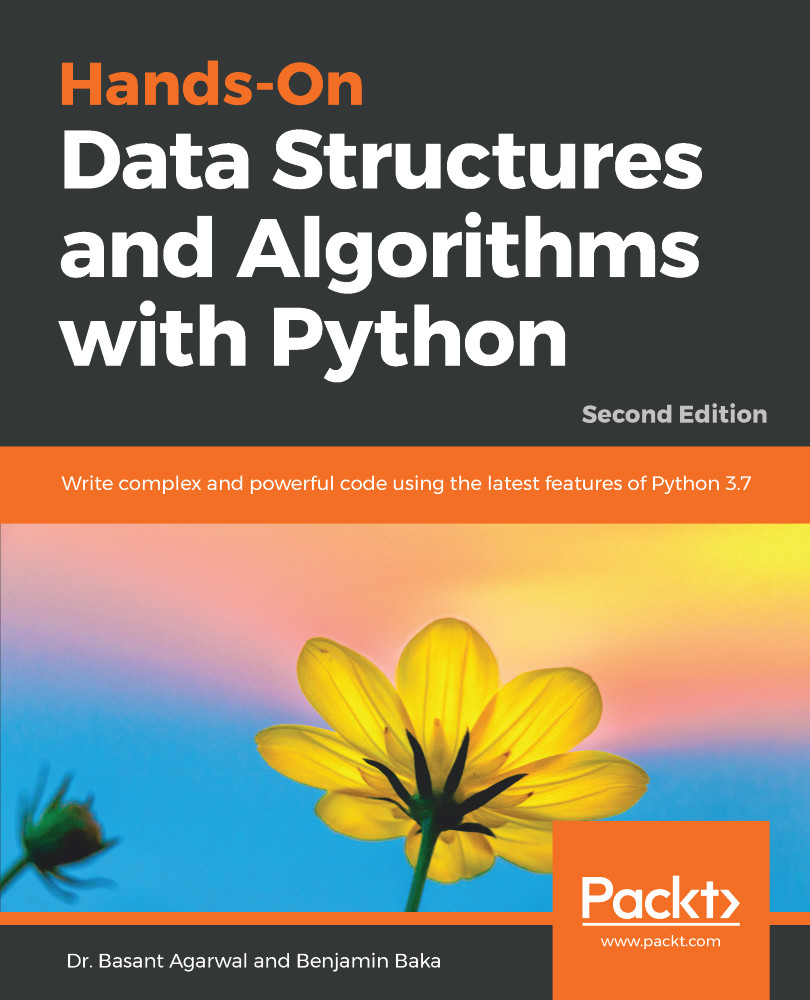In this chapter, we have looked at a general overview of algorithm design. Importantly, we studied a platform-independent way to measure an algorithm's performance. We looked at some different approaches to algorithmic problems. We looked at a way to recursively multiply large numbers and also a recursive approach for merge sort. We learned how to use backtracking for exhaustive search and generating strings. We also introduced the idea of benchmarking and a simple platform-dependent way to measure runtime.
In the following chapters, we will revisit many of these ideas with reference to specific data structures. In the next chapter, we will discuss linked lists and other pointer structures.


